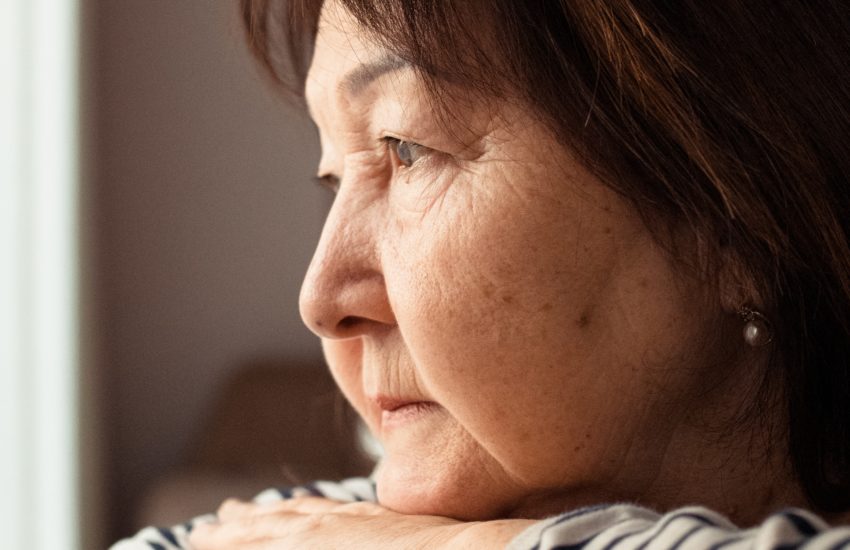New Study Examines Loneliness vs. Being Alone
Have you ever wondered why some people can spend lots of time alone and not get lonely? Or if there’s a limit to how much time someone can spend by themselves before they start experiencing loneliness?
A new study published in the Journal of Research in Personality has concluded that loneliness and aloneness not closely correlated and that most of us don’t feel lonely until we spend more than 75% of our time alone. But for adults 68 years and older, there was a strong connection between loneliness and social isolation. It’s not necessarily surprising, considering that as people age, their social network tends to get smaller. In addition, the ability to spend time with others diminishes for many older adults.
The Research
A research team that included Matthias Mehl, a University of Arizona psychology professor and creator of the Electronically Activated Recorder (EAR), got permission to use the EAR smartphone app to record the participants’ sounds for 30 seconds every 12 minutes. The purpose was to characterize time spent alone.
“For instance, we know if the person is on the phone, if they are driving, watching television or if they are interacting with a partner or stranger,” explained Mehl, who is now working with a team to develop SocialBit, an app that runs on a smartwatch, tracking social activity by measuring minutes of conversations per day. “In order to facilitate more social connection, we first need to be able to measure it well. Methods like SocialBit can tell people, ‘You’ve been solitary for too long. It’s time to try to have a conversation.”
The SocialBit app, which is expected to launch in a couple years, is being developed for stroke patients, who often spend a lot of time in social isolation during recovery.
The Results
University of Arizona Professor of Psychology David Sbarra was senior author on the study, which involved more than 400 participants with archival data collected in a series of studies from the past two decades.
“We are learning more and more about the importance of social connections for human health,” said Sbarra, “and it appears that loneliness and isolation are related but distinct concepts.”
Overall, the study found that:
• Participants spent 66% of their time alone.
• Those who were alone for more than 75% of their time were the ones who felt the most lonely.
• Among the entire participant pool, there was only a 3% overlap between aloneness and loneliness.
• For participants age 68 and older, there was an approximately 25% overlap between loneliness and aloneness.
As Mehl pointed out, aloneness and loneliness are just two different things in younger people. They might not feel lonely when they’re by themselves and they may feel lonely in a crowd. But for older adults, the strong link between loneliness and being alone translates to the need to socialize to combat those feelings of lack of intimacy or connection.
MBJ
Wendy Burt-Thomas writes about the brain, mental health and parenting.
Check out the original research:
https://www.sciencedirect.com/science/article/pii/S0092656623000880


